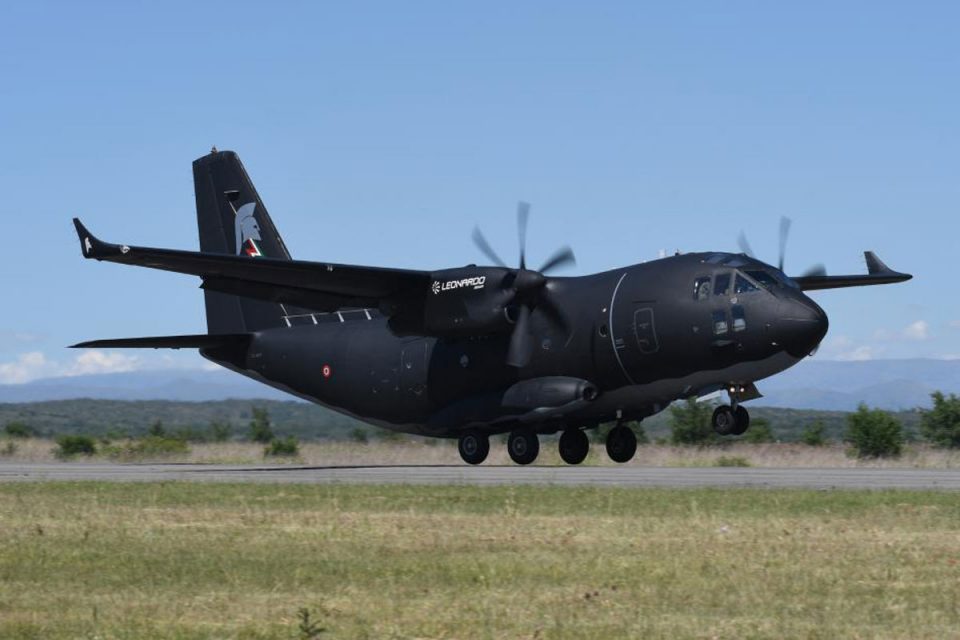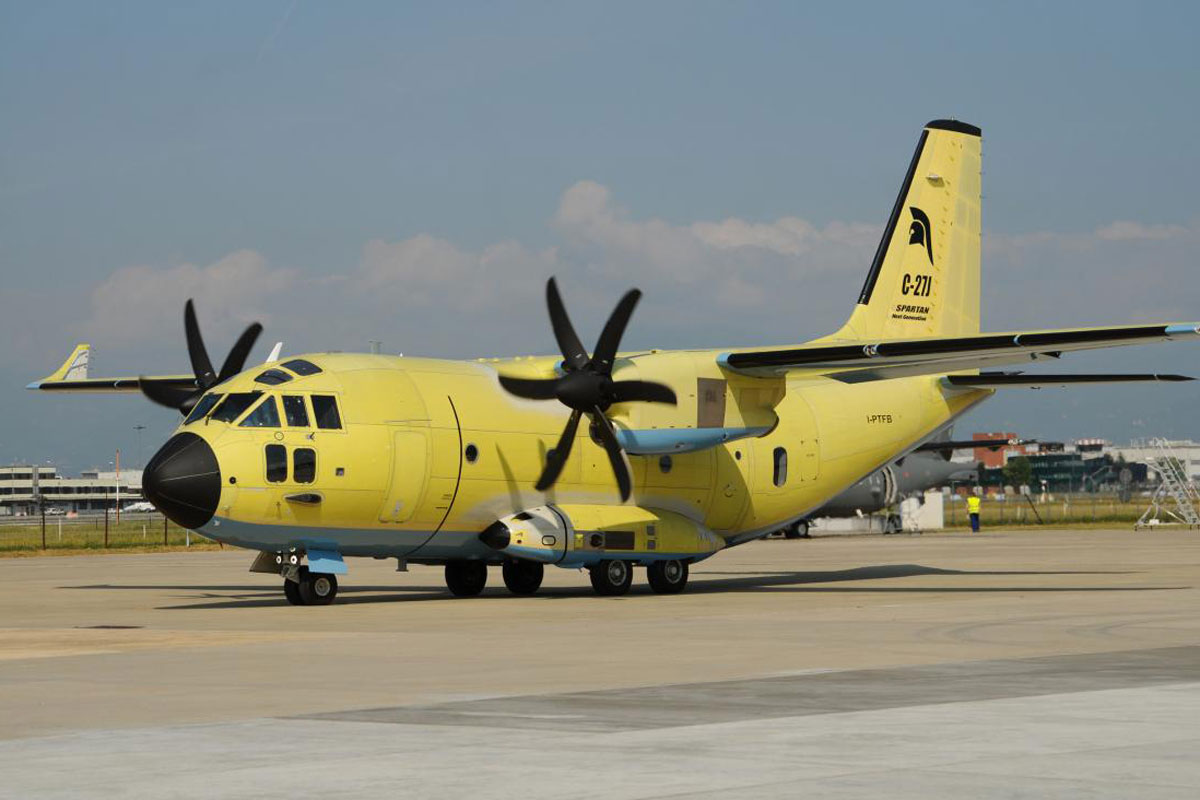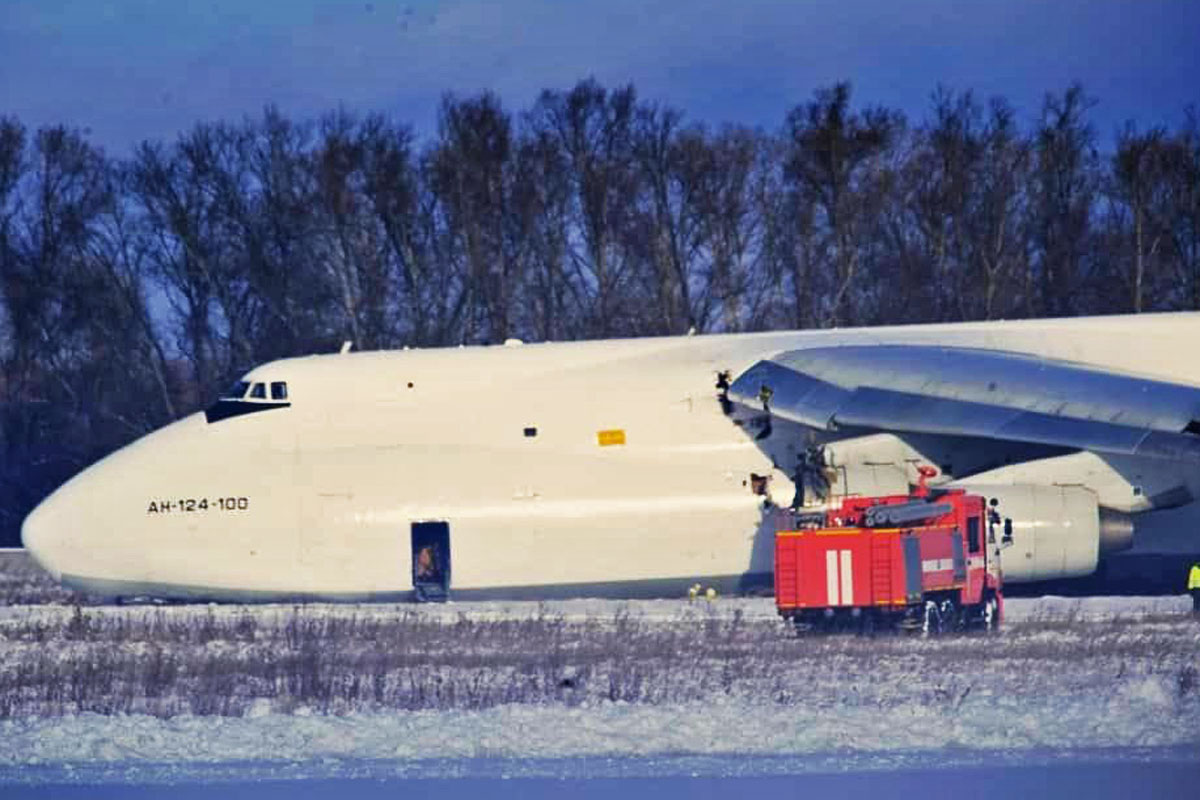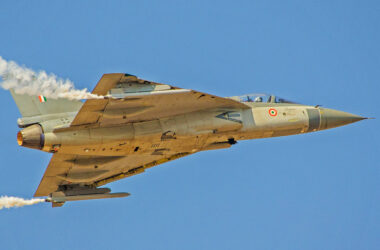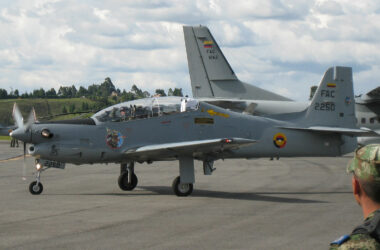Leonardo revealed on Wednesday the ‘next generation’ of the C-27J turboprop, which received improvements such as new avionics and communication and navigation systems. The Spartan now also has winglets on its wings to reduce fuel consumption and contribute to performance in operations on unprepared runways, says the company.
“The enhanced C-27J brings the unrivalled quality and capabilities of the Spartan to the next, higher level. Its operators will benefit from modern avionics, increased performance and efficiency. The Spartan embodies the essence of national security, proving to be the best asset for armed forces’ defence operations and for their fundamental contribution to population support and disaster relief,” said Marco Zoff, Leonardo Aircraft Division’s Managing Director.
Although it did not reveal the customer or the number of units sold, Leonardo confirmed that the new C-27J will be delivered from 2021.
Veteran
The C-27J is derived from the G.222 airlifter, which emerged in the 70s developed by Aeritalia, now part of the Leonardo group. After losing competition to supply European air forces, the aircraft was eventually adopted by Italy, which had 56 units.
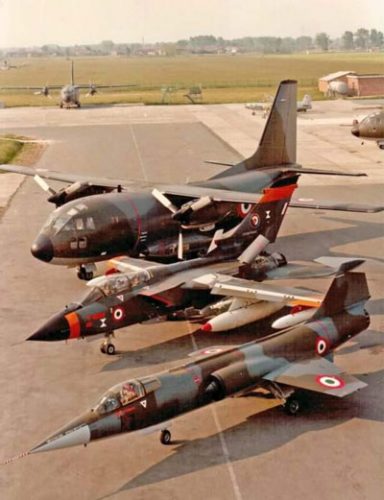
However, it was in the 1990s that the Italian plane gained the most spotlight by obtaining an order for ten units from the U.S. Air Force (USAF), which renamed them the C-27A Spartan.
The arrival in America motivated the establishment of a partnership between then Alenia and Lockheed Martin to create the C-27J, a modernized variant of the G.222 that would benefit from components of the C-130J Hercules such as its glass cockpit, Rolls engines -Royce AE 2100 and Dowty Propeller six-blade propellers.
A ‘mini-Hercules’, the C-27J flew for the first time in 1999, but when it entered service with the Italian Air Force in 2006, the joint venture created with the Americans had been disbanded.
The dissolution of the company did not harm the model’s career, which won orders from countries like Australia, Bulgaria, Greece, Lithuania, Morocco, Mexico and Peru, among others.
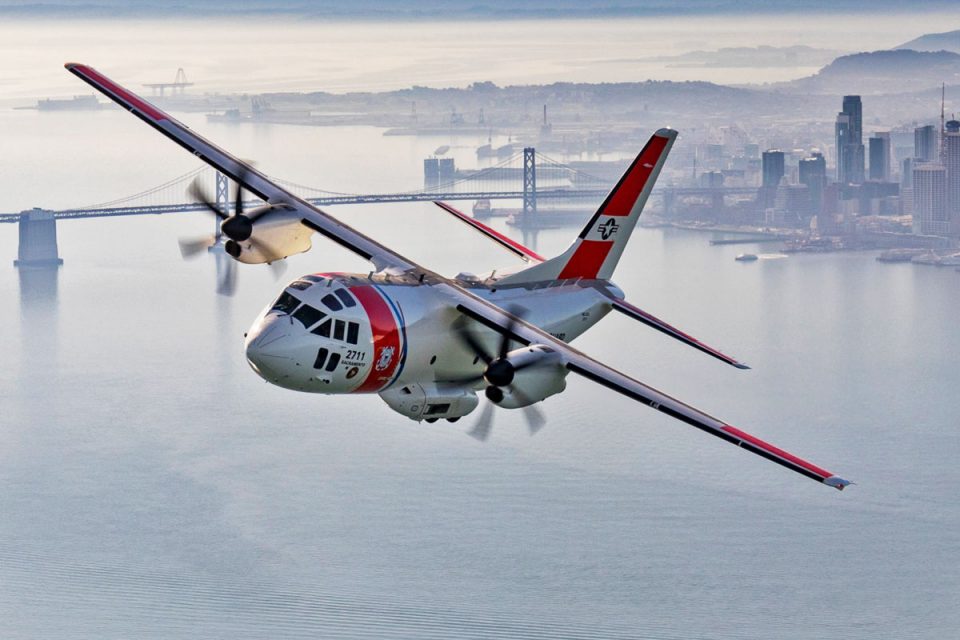
US Coast Guard
It was by winning a complicated Pentagon competition that the C-27J almost became a success. In 2007, the United States announced that the turboprop had defeated the C-295 (partnership between EADS and Raytheon) in an order for 78 aircraft and could be expanded since it was to be used by the Air Force, Army and also the Air National Guard.
The C-27J’s operational career, however, was short-lived. Between the delivery of the first plane to the USAF in 2008, until his retirement, only four years passed, with 38 units delivered.
Part of the planes was eventually resold by Alenia and 14 units ended up being transferred to the US Coast Guard, where they are still in service today.
Despite having had about 100 units produced so far, the C-27J seems to ensure a long career in the market, now with its most capable version.
